It was the last battle involving the use of sailing ships...
Trafalgar is a cape located in the province of Cadiz. Its name comes from the Arabic 'Taraf al-Gharb,' meaning 'Western Cape.' The place is charming due to its wide beaches, scarcely visited by tourists in winter, the beautiful sunset views, and of course, its main landmark – the Trafalgar Lighthouse (Faro D' Trafalgar) – a solid 34-meter structure built 55 years after the famous battle. The main road to the lighthouse is regularly covered in sand from the nearby dunes, almost as if nature intends to obscure the path leading to the very tip of the cape.
The often strong winds here bring a smile to the sun-kissed faces of kitesurfers, while at night, they echo the echoes of the battle fought on October 21, 1805. It was on this day, 21 miles off the coastline, that one of the most crucial naval battles of the Napoleonic era unfolded between the British and the Franco-Spanish fleet – historically known as the 'Battle of Trafalgar'.
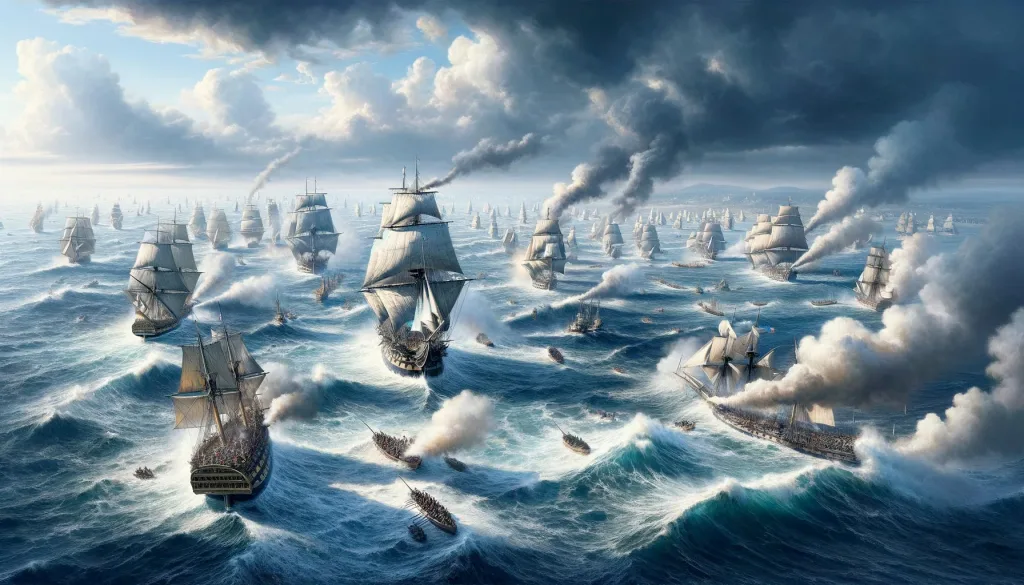
It was the last great battle fought with sailing ships and established English dominance on the seas for the next 200 years. Leading their fleets were Horatio Nelson for the British, and Pierre Villeneuve as the commander of the combined Spanish-French fleet. The English won this bloody battle, but their leader, Admiral Nelson, was fatally wounded by a musket ball while joyfully walking on the deck of his ship, shortly after hearing the good news of their victory. One legend says that Horatio Nelson's body was initially taken to Rosia Bay in Gibraltar, and then transported to London for the burial in a barrel of rum.
Since then, the rum has sometimes been called 'Nelson's blood' because the shipment was to be kept shrouded in secrecy, and sailors, unaware of the barrel's contents, were to sip its contents...
According to official sources, the barrel containing the body was filled with a mixture of brandy, camphor and myrrh.
The toll of the battle for the Spanish and French was tragic: they lost 22 ships, around 3,250 individuals perished, approximately 2,500 were wounded, and about 7,000 sailors were taken captive. Despite their victory, the English couldn't tow the captured ships into Gibraltar's waters; many sank, including the Spanish "Santísima Trinidad" – the largest sailing vessel of that time. The raging storm added to the destruction, sinking and wrecking more damaged ships on the rocks.
For the victors, the balance of the battle wasn't as dire. The English didn't lose a single ship, with "only" 449 casualties.
The victory in the battle enabled the British to dominate the seas and oceans, contributing significantly to the strengthening of the British colonial empire. Posthumously, Nelson became a national hero of Great Britain and remains a pivotal figure in the national ethos.
This is what the Santísima Trinidad, the largest ship of the era, looked like:
The title photo is from Wikipedia: Clash between the French ship "Bucentaure" and HMS "Temeraire", Trafalgar (?), Auguste Mayer (1805-1890)

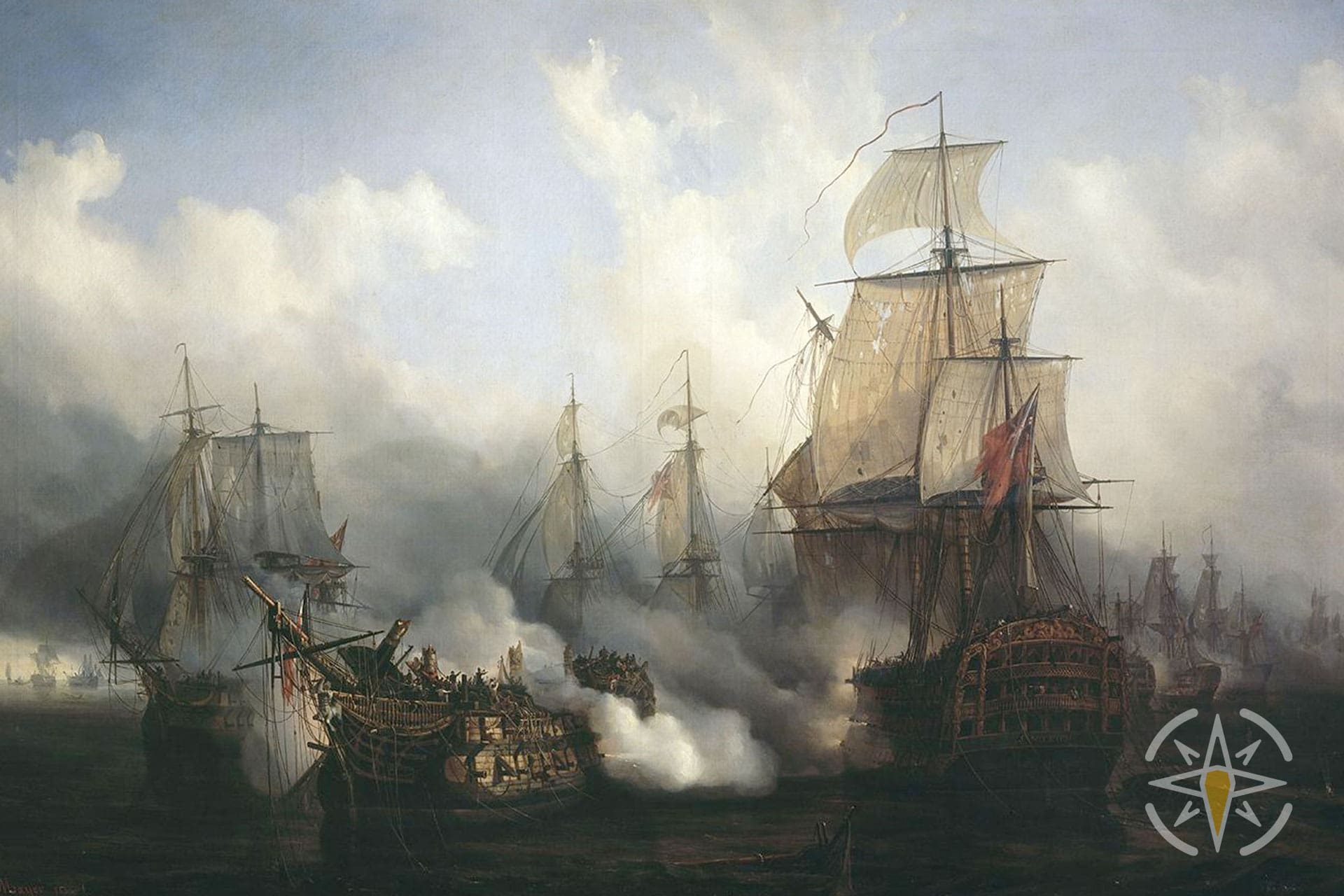
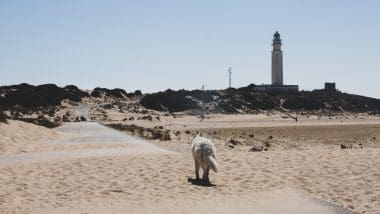
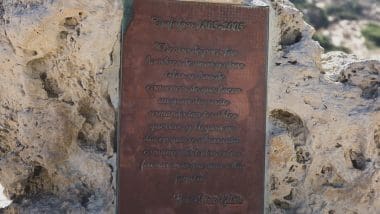
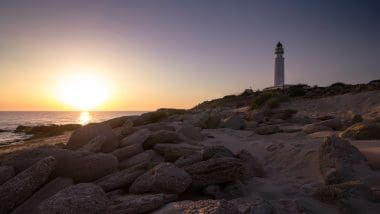
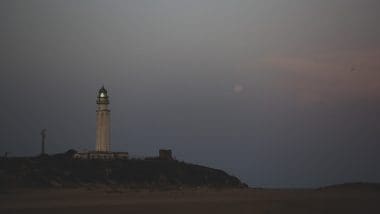
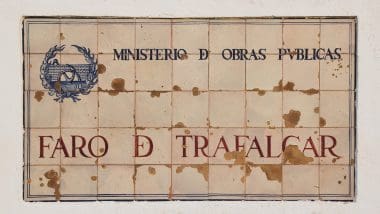
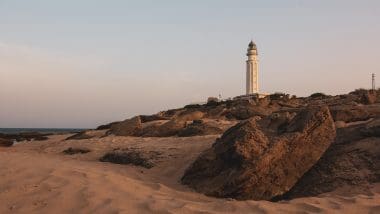
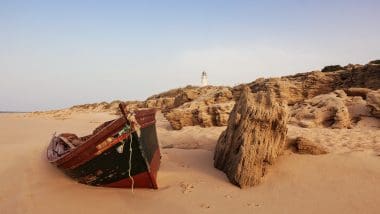
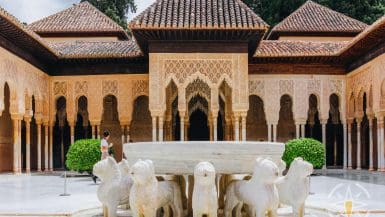
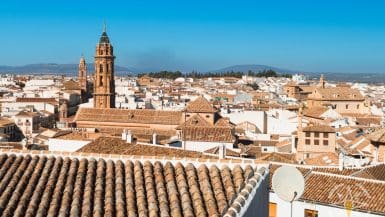
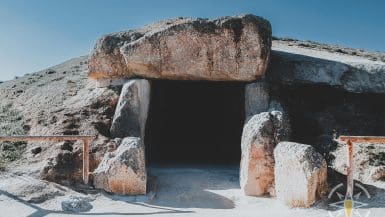
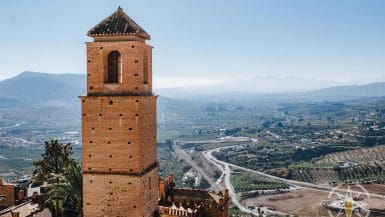
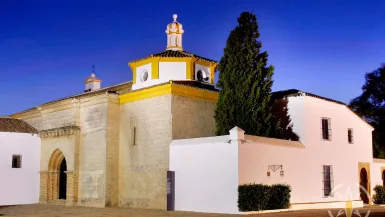
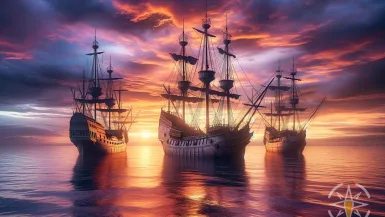
Leave a comment, ask a question...